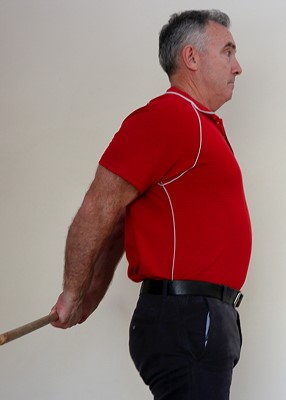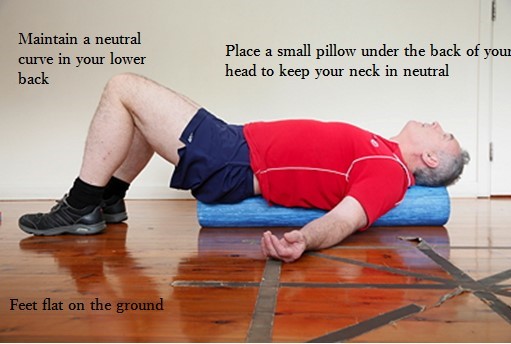Your guide to a better sleep
One of the most important elements in terms of our overall well-being is getting a good night sleep. There can be many challenges to achieving this goal however stretching and self-mobilisation at the end of each day will help ensure that you can get quality sleep.
In the clinic people present with a variety of conditions including neck, shoulder, lower back, hip and pelvis pain. Whilst this is not an exhaustive list they are some of the most common conditions that can affect our ability to sleep comfortably, either on our back or on our sides. Avoid lying on your stomach as this puts additional pressure on your neck.
Before bed it is helpful to stretch out through the shoulders and ribs in order to allow you to lie on your back and sides more comfortably.
Below we highlight a few gentle mobility exercises however we must warn you not to overdo any of the exercises as the cervical spine/neck is a very delicate structure.

The stick stretch is a good way to start to open up the chest and gently set the neck back on top of the shoulders. This stretch can be done standing or sitting and starts with the arms relaxed. Pull the shoulder blades back, gently tuck the chin in and glide the neck back. Then gradually raise the arms up and feel a stretch into the front of the chest. There should be no pain in the neck or shoulders, just the sensation of stretching.
The device we recommend in the clinic to help with relaxing the shoulder and thoracic spine is a half or full foam roller. Lying on a roller gently adds a little bit of extension through the whole length of the spine. You may need to use a pillow underneath your head so you are looking straight up particularly if you have a very stiff neck and or thoracic spine (middle spine). Five to 10 minutes on the roller is an opportune time to combine some diaphragmatic breathing exercises with core stability and gentle extension thru the whole of the spine.

In this image we can see incorrect placement of the head as the neck is too far back into extension. A small pillow under the head would help correct this.
So it is important at the end of the day, especially if you’ve had a busy one, to ensure you don’t spend a couple of hours slumped, exhausted in front of the television and then go to bed pretty much shaped in the same way that you were sitting. Try and get up and move between ad breaks. If you are reading, make sure light is coming from above, so you are bending your neck to one side or the other because the light is offset.
If you can spend five or 10 minutes getting your body loose and straightening up the spine combined with some controlled diaphragmatic breathing you will to go to bed calmer, more relaxed and more able to adopt a good posture whilst sleeping.
Enjoy a better night sleep.
PS: You will also find on our website an article relating to pillow posture that you can read to help reduce the load on your neck and spine during the day to ensure that you don’t have to then compensate for awkward or asymmetric postures when trying to sleep https://essentialhealthplus.com.au/sleeping-postures/
PSS: For notes on diaphragmatic breathing see https://essentialhealthplus.com.au/a-guide-to-better-breathing/


Recent Comments